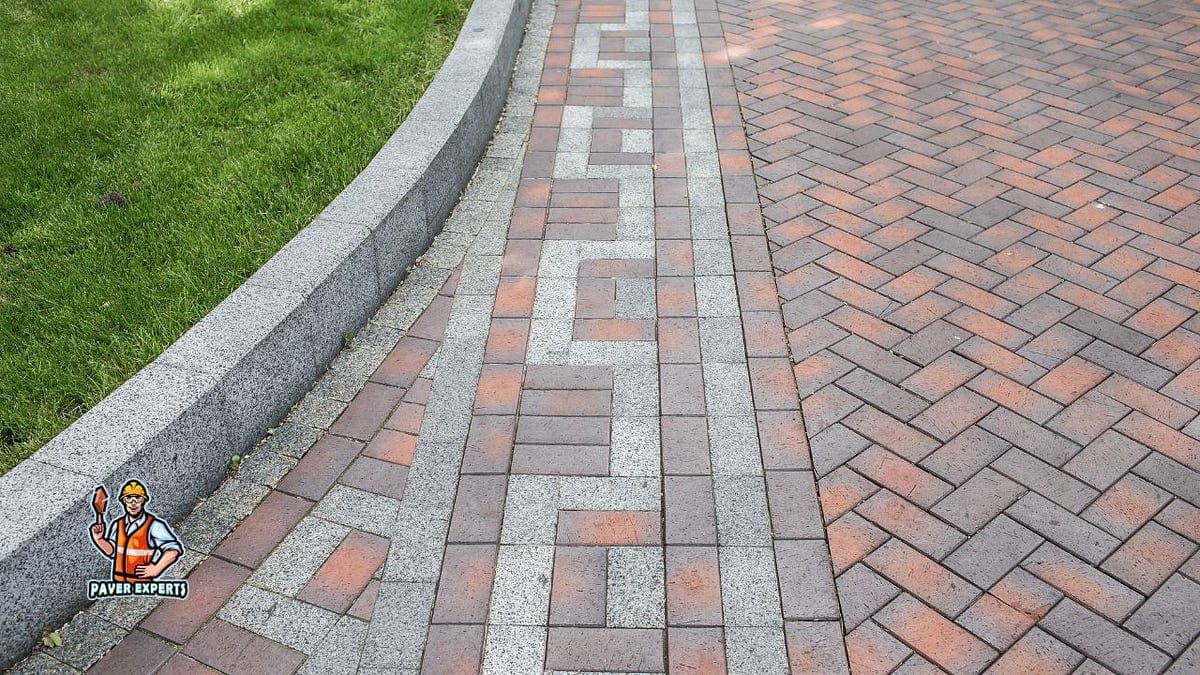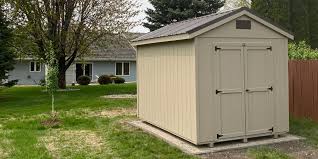Introduction
In the world of architecture and design, certain patterns stand the test of time, effortlessly blending classic elegance with contemporary style. Among these, the herringbone brick pattern reigns supreme, offering a timeless charm that transcends trends. In this guide, we delve into the intricate world of herringbone brick, exploring its history, installation techniques, design inspirations and frequently asked questions (FAQs).
Understanding Herringbone Brick Patterns
Herringbone brick patterns, characterized by their distinctive V-shaped arrangement, have been revered for centuries for their visual appeal and structural integrity. This iconic pattern is achieved by laying rectangular bricks or tiles in a staggered zigzag manner, creating a mesmerizing visual effect reminiscent of the skeleton of a herring fish.
The herringbone pattern is not only aesthetically pleasing but also practical, as it offers superior durability and stability compared to traditional bricklaying techniques. Its interlocking design distributes weight evenly, making it ideal for driveways, walkways, patios, and interior flooring.
History of Herringbone Brick
The origins of the herringbone pattern can be traced back to ancient Roman architecture .Where it was used in roads, aqueducts, and even jewelry. Over the centuries the herringbone pattern has evolved and adapted to various architectural styles, from Gothic cathedrals to modern skyscrapers.
Installation Techniques
Installing herringbone brick requires precision and skill to achieve the perfect alignment and symmetry. The process typically involves laying the bricks at a 45-degree angle in alternating directions, starting from the center and working outward. Proper surface preparation, mortar application, and sealing are essential for ensuring longevity and stability.
Design Inspirations
Herringbone brick patterns offer endless design possibilities, from classic to contemporary. Whether used as a focal point in a fireplace surround or as a statement floor in a kitchen or bathroom, herringbone brick adds texture, depth, and visual interest to any space. Pair it with contrasting grout colors or mix different brick shades for a personalized touch.
Benefits of Herringbone Brick
Timeless elegance
Enhanced durability
Versatile design options
Increased property value
Maintenance and Care
While herringbone brick is known for its durability, proper maintenance is key to preserving its beauty for years to come. Regular cleaning with a mild detergent and water, as well as periodic resealing, will help protect the bricks from stains, moisture, and wear.
FAQs about Herringbone Brick
How do I clean herringbone brick? To clean herringbone brick, simply mix a mild detergent with water and scrub the surface using a soft-bristled brush or mop. Rinse thoroughly with clean water and allow the bricks to air dry.
Can herringbone brick be used outdoors?
Yes, herringbone brick is suitable for outdoor applications such as driveways, walkways, and patios. Its interlocking design provides excellent traction and stability, even in high-traffic areas.
Is herringbone brick expensive to install?
The cost of installing herringbone brick can vary depending on factors such as the type of bricks used. The size of the area, and labor costs. However, herringbone brick is generally more expensive than traditional bricklaying techniques due to its intricate pattern and skilled labor required.
What are the most popular color options for herringbone brick?
While traditional red brick is a timeless choice for herringbone patterns, there are numerous color options available, including gray, beige, brown, and even white. Choose a color that complements your existing décor and architectural style.
Can herringbone brick be installed over existing flooring?
Yes, herringbone brick can be installed over existing flooring such as concrete or wood, provid that the surface is clean, level, and structurally sound. However, it’s essential to consult with a professional to ensure proper installation and compatibility with the existing substrate.
Is herringbone brick suitable for DIY projects?
While some homeowners may attempt to install herringbone brick themselves, it’s generally recommend to hire a professional contractor with experience in laying intricate patterns. DIY installation can be challenging and may result in costly mistakes if not done correctly.
Conclusion
In conclusion, herringbone brick patterns offer a timeless elegance that adds character and sophistication to any space. Whether used indoors or outdoors, this iconic pattern never fails to make a statement. From its rich history to its versatile design options, herringbone brick continues to captivate architects, designers, and homeowners alike. Embrace the allure of herringbone brick and transform your space into a masterpiece of timeless beauty.




